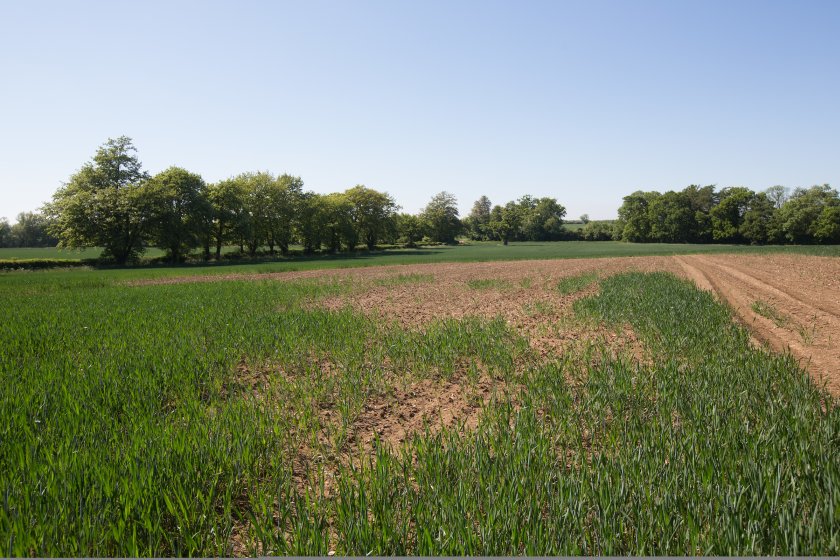
Farmers across the UK have started three-year trials to help develop new precision slug control solutions as part of a £2.6m research project.
The project, funded by Defra’s Farming Innovation Programme, involves over 100 UK farms and six farming industry groups.
It brings together a number of research projects, including work done on the location of patches with higher slug numbers that can be forecasted in fields.
Researchers say this could help reduce the industry’s reliance on slug pellets, bringing significant economic benefits.
One ground-breaking feature of the trial now underway is that all slug monitoring is carried out by farmers and agronomists, rather than research staff.
Project lead Tom Allen-Stevens, founder of the British On-Farm Innovation Network (BOFIN), said: “This is the first time a slug-monitoring project has been attempted on this scale.
“Our 28 farmers – or 'slug sleuths' as we have called them – are determined to overcome their pest burden and are being paid to host trials on their own farms, which have now begun.
"Each of them will monitor a one-hectare grid of 100 slug refuge traps in their crop over the autumn.”
Professor Keith Walters from Harper Adams University drew up the protocol with BOFIN for the triallist farmers, many of whom have experience carrying out their own on-farm trials.
“We know from a previous slug trial with BOFIN that if resourced correctly, farmers can deliver data up to the standard of a professional trials technician.
"Given they are on site, this means we should have quality data from the spread of sites and geographic locations we need for a fraction of the cost.”
The £2.6m project is entitled Strategies Leading to Improved Management and Enhanced Resilience Against Slugs (SLIMERS).
For Professor Walters, SLIMERS will bring nearly a decade of research to a conclusion and, with it, hopefully deliver a commercially-viable means of predicting and treating slugs with targeted treatment.
“Most farmers already know that slugs aren’t necessarily evenly distributed across a field, instead preferring certain locations,” he said.
If research could get to the bottom of why these patches occur and where, he said farmers could benefit from spreading pellets, or even biological controls, across a much smaller area rather than the entire fields, with both economic and environmental advantages.
“If we can find out something about those patches and predict where they are, can we target pellets or biologicals on just those areas and achieve sufficient suppression of the slugs?” Professor Walters asked.
“That was the original, basic premise. But it brought with it a lot of questions that needed to be answered first.
“Each one seemed impossible when we started. But now SLIMERS will hopefully answer the very last question: can we predict where the patches will occur so farmers can reliably target pellet application?”
The project team is urging anyone interested in being involved to sign up now and join over 100 farmers, scientists and experts with specialist knowledge on slug control.
